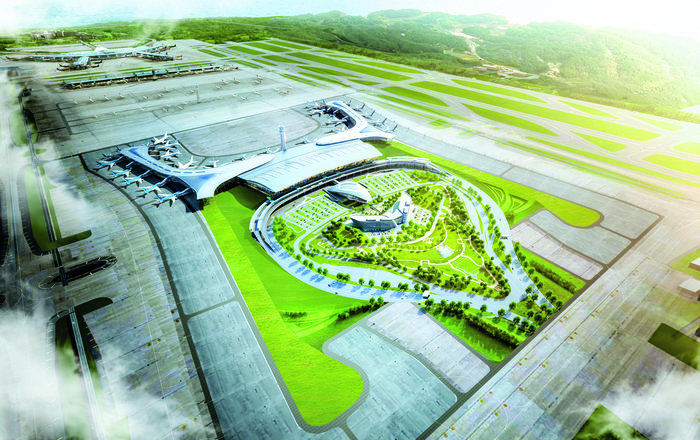Siemens Postal, Parcel & Airport Logistics (SPPAL) has commissioned its new high-performance baggage handling system (BHS) in the new Terminal 2 (T2) facility at Incheon International Airport in South Korea.
The BHS combines innovative conveyor and sorting technology with smart software, enabling peak throughputs of almost 20,000 items of luggage per hour. Siemens also signed a multi-year service agreement to ensure the continuous operation of the 40km (24.9 miles) system. Supported by Siemens’s BHS technology, the new terminal has boosted Incheon’s capacity from 58 million to more than 72 million passengers per year.
Michael Reichle, CEO of SPPAL, said, “Our future-oriented BHS is the linchpin of the new prestigious T2 at Incheon Airport. With our innovative new system generation, advanced IT technology and our expert, reliable service, we are providing the customer with the kind of long-term support that helps drive profitable growth.”
Jong-Seo Kim, vice president operations of Incheon International Airport Corporation (IIAC), the airport operator, said, “Our airport focuses first and foremost on passengers. This BHS contributes decisively to ensuring the highest level of passenger convenience and comfort.”
Like all designs from Siemens, the new system is equipped with redundant capacity to ensure the greatest possible flexibility and availability. Should any sections or components in the system fail, baggage is rerouted and arrives punctually at its destination. The delayed baggage rate at Incheon Airport amounts to merely 0.3 items for every 100,000 pieces of checked baggage.
Inside the system, checked bags move from the new VarioBelt conveyor to four VarioSort TTS 1100 tilt-tray sorters that pre-sort the baggage. The new VarioTrays then assume the main sorting task and onward transport of each baggage piece.
To complement the system, Siemens has implemented a tray-based early bag store (EBS) to provide temporary storage of transfer baggage. The EBS is a high-bay storage and retrieval system for 2,000 baggage pieces.
With its innovative Lift&Run system, Siemens’s solution is considerably more flexible and efficient than comparable systems, with lifts performing all vertical movements and shuttles taking care of the horizontal movements. These movements take place simultaneously yet independently of one another.
Image courtesy of Gensler


